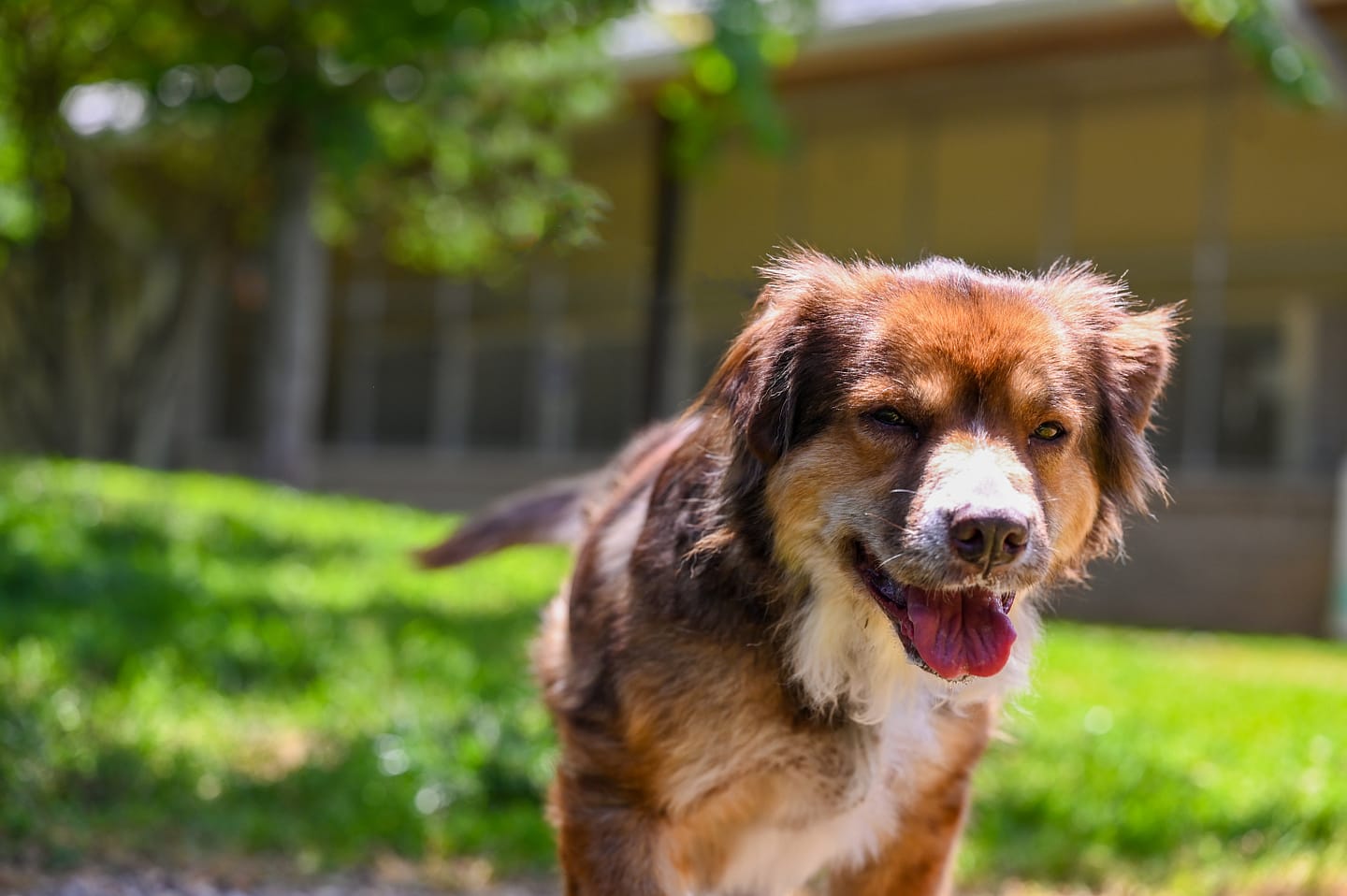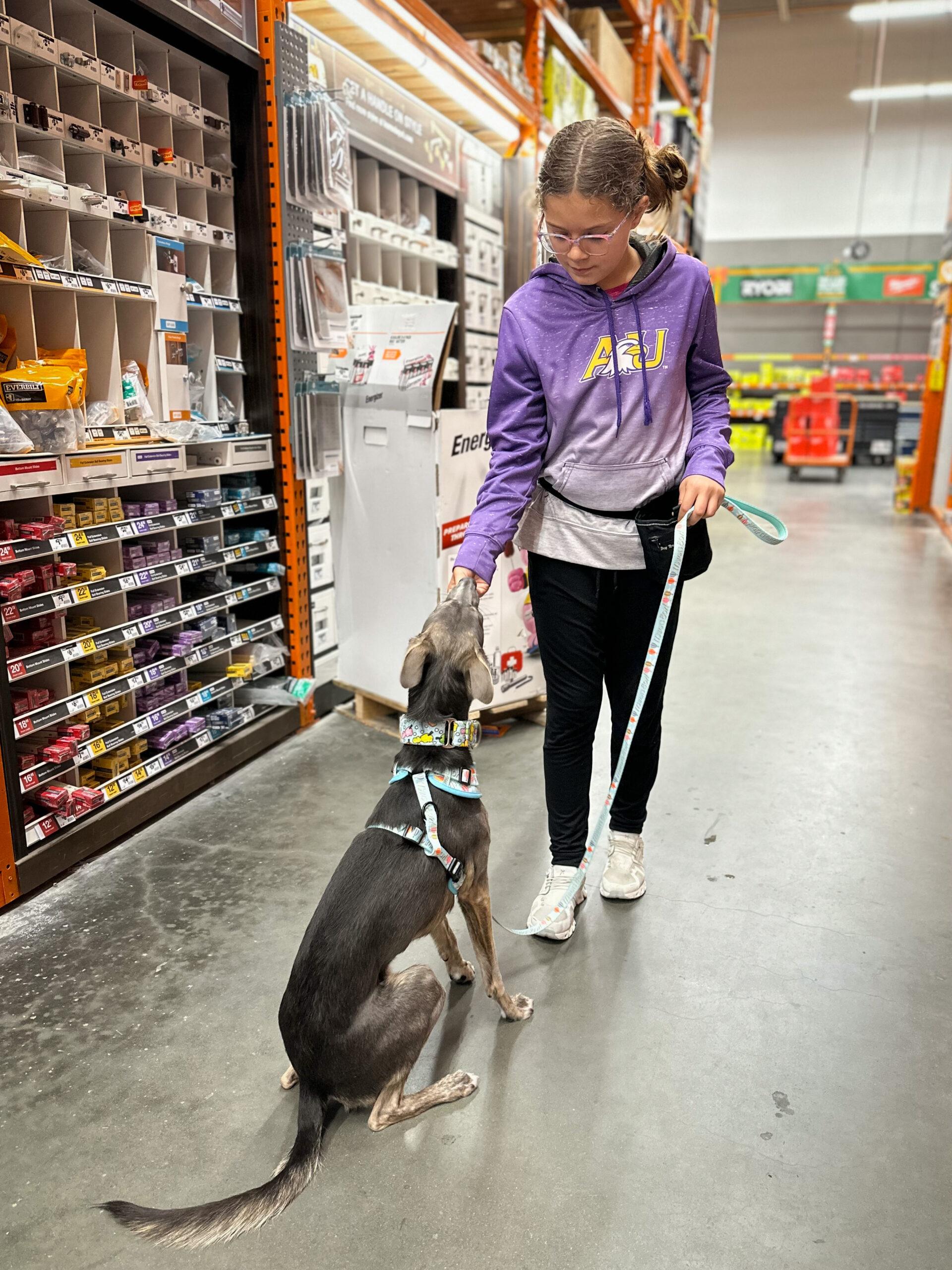Essential Tips for Successful Dog Training: A Guide for Family Pet Owners
Reliable pet dog training is a diverse procedure that requires a strategic strategy tailored to both the family pet's character and the proprietor's objectives. Comprehending exactly how to navigate these barriers can significantly enhance the training experience, inevitably transforming the partnership between owner and pet dog.
Recognizing Canine Habits
Comprehending pet dog habits is necessary for effective training and promoting a harmonious connection between canines and their owners. dog training. Pets connect mainly with body language, articulations, and actions, making it critical for proprietors to interpret these signals properly.

Socializing plays a substantial function in pet behavior; direct exposure to different environments, individuals, and various other pets can dramatically influence a dog's character. Moreover, aspects such as breed qualities and individual character should direct training techniques, as some types may have certain behavioral attributes that demand customized approaches. By understanding these components, proprietors can produce a helpful environment that motivates favorable actions, bring about effective training outcomes and a deeper bond with their family pets.
Establishing Regular Commands
Effective interaction with your canine starts with developing regular commands. This fundamental element of training is essential for fostering understanding between you and your pet. Consistency in the commands you make use of makes certain that your pet dog can accurately connect particular words or expressions with the preferred behaviors.
When picking commands, pick clear, distinctive words that are easy to state and distinguish from each other. Stay clear of making use of similar-sounding commands that might perplex your canine. As an example, using "sit" and "stay" is suitable, yet "sit" and "struck" can result in misconceptions.
Furthermore, keep the exact same tone and volume for each and every command. Pet dogs are delicate to singing cues, so differing your tone can create confusion.
It is similarly crucial to ensure that all family members are on the very same web page concerning the commands used. A united front in command use will certainly avoid combined signals and reinforce the understanding process.
Favorable Support Methods
The power of positive reinforcement in dog training depends on its capacity to urge preferred behaviors with incentives and praise. This strategy is based in the concept that behaviors complied with by desirable results are much more most likely to be repeated. By incorporating positive reinforcement right into your training routine, you can efficiently form your canine's behavior in a constructive way.
To implement favorable support, it's necessary to identify what inspires your dog, whether it be treats, playthings, or verbal praise. When your dog executes a preferred activity, such as remaining on command, right away compensate them check my site with a treat or affection. This association in between the command and the positive end result enhances their understanding.
It's crucial to timing the benefits appropriately; supplying the reinforcement within seconds of the desired behavior aids your pet dog make the connection (dog training). Furthermore, consistency is vital-- make sure that all household participants make use of the exact same commands and incentive systems to prevent confusion

Slowly, you can minimize the frequency of treats as your dog discovers the habits, transitioning to commend or periodic incentives. This approach not just fosters a solid bond between you and your dog yet likewise advertises a favorable learning atmosphere, making training a delightful experience for both.
Socialization and Interaction
Regularly exposing your dog to a variety of settings, people, and various other animals is critical for their social growth. Socialization should begin early, ideally throughout the important home window of 3 to 14 weeks, when puppies are most receptive to new experiences. Older pet dogs can likewise profit from recurring socialization initiatives.
Introduce your pet to various setups, such as parks, pet-friendly shops, and urban locations. This exposure helps them adjust to different stimulations, reducing anxiety and anxiety actions. Encourage positive communications with other canines and individuals, making sure that these encounters are regulated and risk-free to promote self-confidence.
Use structured playdates with genteel dogs, as this can enhance your pet's social skills and educate them ideal habits. Obedience courses and training sessions also supply exceptional chances for socializing, allowing your canine to communicate with others in a monitored atmosphere.
Display your dog's body movement throughout interactions, as this will certainly aid you determine their comfort degree. Gradually increase direct exposure to even more difficult situations while making sure that each experience is try this web-site positive. A well-socialized pet is extra most likely to display well balanced habits, making them a happiness to have in any kind of setting.
Attending To Usual Training Obstacles
Every dog owner will encounter training challenges at some time, no matter their dog's age or socialization level. Recognizing usual problems such as stubbornness, interruptions, and terror can assist in creating reliable approaches for improvement.
Disturbances during training sessions can hinder focus. To fight this, begin training in a silent setting with marginal stimuli. Gradually present diversions as the pet dog comes to be extra proficient in commands. Short, frequent training sessions are additionally effective in preserving attention.
Terror can prevent a pet's understanding process. Progressive desensitization to the resource of concern, coupled with favorable reinforcement, can assist ease stress and anxiety. Persistence is important; never force a dog right into a situation that creates distress, as this may exacerbate the issue.
Eventually, understanding and addressing these common obstacles with an organized method will certainly promote an extra efficient training experience, reinforcing the bond between pet and owner while advertising reliable learning.
Final Thought
In recap, successful pet training relies on a thorough understanding of canine habits, the facility of consistent commands, and the application of favorable support strategies. Socializing plays a vital role in developing well-adjusted pet dogs, while dealing with usual training obstacles calls for persistence and versatility. By applying these crucial techniques, family pet owners can cultivate a solid bond with their pets and promote desirable habits, eventually resulting in an unified connection in between human beings and their canine companions.
Understanding pet habits is crucial for efficient training and fostering an unified partnership between pooches and their owners.Socializing plays a significant function in canine behavior; exposure to different settings, individuals, and various other pets can significantly impact a canine's temperament.The power of positive reinforcement in dog training exists image source in its capability to encourage preferred actions via benefits and praise. By integrating positive support right into your training routine, you can effectively shape your dog's habits in a useful manner.
In recap, successful pet dog training depends on an extensive understanding of canine behavior, the facility of regular commands, and the application of favorable support strategies.